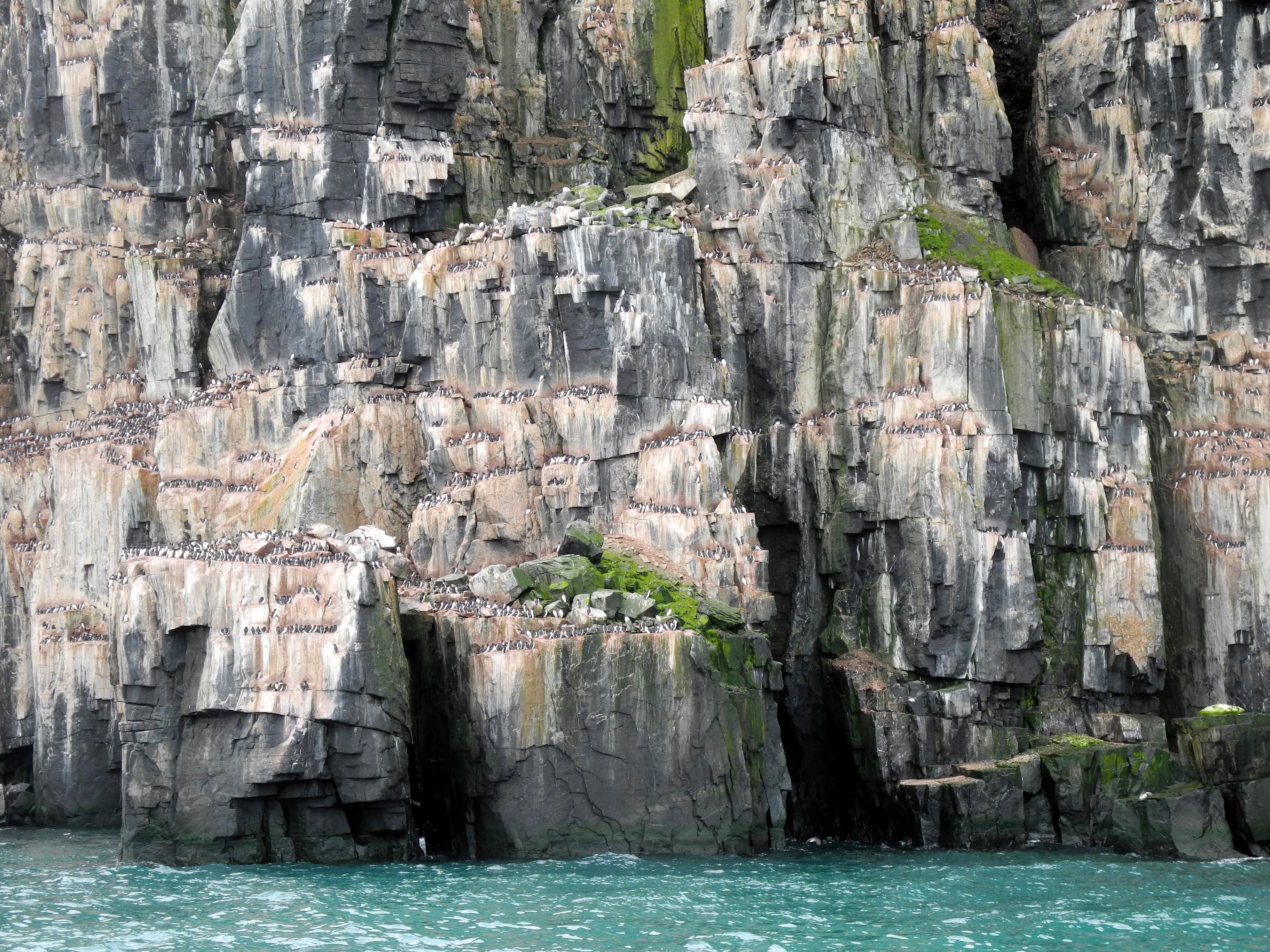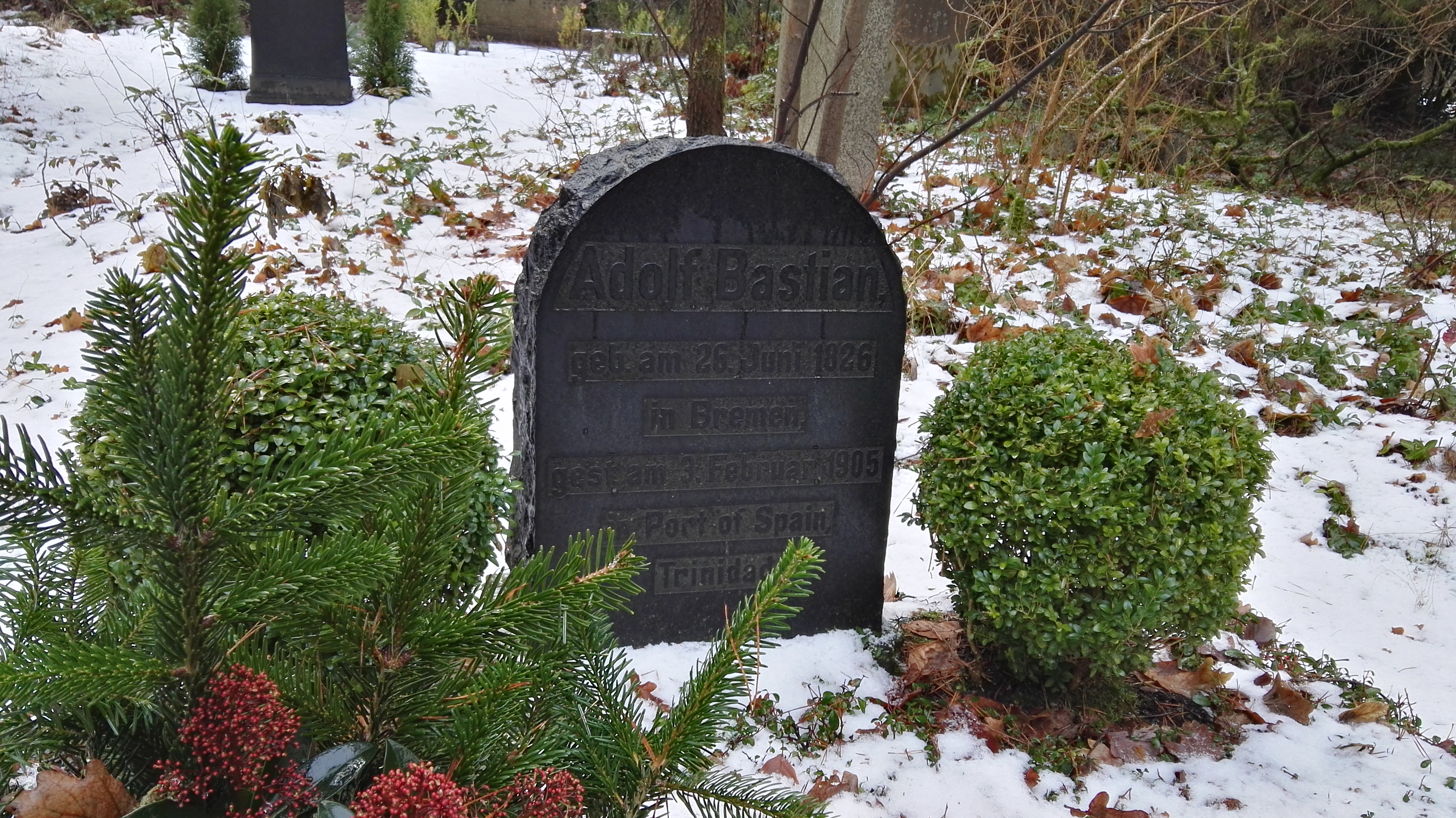|
Bastian Islands
The Bastian Islands ( no, Bastianøyane) are a group of islands in Hinlopen Strait, Svalbard. The islands are located southeast of Wilhelm Island. The islands are named after German explorer Adolf Bastian. The Bastian Islands are the northern islands of a larger group, and the southern islands of this group are called the Rønnbeck Islands The Rønnbeck Islands ( no, Rønnbeckøyane) are a group of islands in Hinlopen Strait, Svalbard. They are located south of the Bastian Islands The Bastian Islands ( no, Bastianøyane) are a group of islands in Hinlopen Strait, Svalbard. The isl .... References Islands of Svalbard {{svalbard-geo-stub ... [...More Info...] [...Related Items...] OR: [Wikipedia] [Google] [Baidu] |
Hinlopen Strait
The Hinlopen Strait ( no, Hinlopenstretet) is the strait between Spitsbergen and Nordaustlandet in Svalbard, Norway. It is long and wide. The strait is difficult to pass because of pack ice. It is believed to have been named after Thijmen Jacobsz Hinlopen. The northern part of the strait is called Nordporten, between Storsteinhalvøya and Mosselhalvøya. The southern part, called Sørporten, widens up between Bråsvellbreen and the Bastian Islands The Bastian Islands ( no, Bastianøyane) are a group of islands in Hinlopen Strait, Svalbard. The islands are located southeast of Wilhelm Island Wilhelm Island ( no, Wilhelmøya) is an island in the Svalbard archipelago. It is situated northeast .... References External links * http://www.caplex.no/Web/ArticleView.aspx?id=9314679 (Norwegian) Hinlopen Strait's wildlife Straits of Svalbard {{svalbard-geo-stub ... [...More Info...] [...Related Items...] OR: [Wikipedia] [Google] [Baidu] |
Svalbard
Svalbard ( , ), also known as Spitsbergen, or Spitzbergen, is a Norwegian archipelago in the Arctic Ocean. North of mainland Europe, it is about midway between the northern coast of Norway and the North Pole. The islands of the group range from 74° to 81° north latitude, and from 10° to 35° east longitude. The largest island is Spitsbergen, followed by Nordaustlandet and . The largest settlement is Longyearbyen. The islands were first used as a base by the whalers who sailed far north in the 17th and 18th centuries, after which they were abandoned. Coal mining started at the beginning of the 20th century, and several permanent communities were established. The Svalbard Treaty of 1920 recognizes Norwegian sovereignty, and the 1925 Svalbard Act made Svalbard a full part of the Kingdom of Norway. They also established Svalbard as a free economic zone and a demilitarized zone. The Norwegian Store Norske and the Russian remain the only mining companies in place. Res ... [...More Info...] [...Related Items...] OR: [Wikipedia] [Google] [Baidu] |
Wilhelm Island
Wilhelm Island ( no, Wilhelmøya) is an island in the Svalbard archipelago. It is situated northeast of Olav V Land on Spitsbergen, in Hinlopen Strait. Its area is 120 km². About 33.5 % of the island is covered with ice. The island was named after Wilhelm I. See also * List of islands of Norway This is a list of islands of Norway sorted by name. For a list sorted by area, see List of islands of Norway by area. A * Alden * Aldra * Algrøy * Alsta * Altra * Anda * Andabeløya * Andørja * Andøya, Vesterålen * Andøya, Agder * ... References Islands of Svalbard Uninhabited islands of Norway {{svalbard-geo-stub ... [...More Info...] [...Related Items...] OR: [Wikipedia] [Google] [Baidu] |
Adolf Bastian2
Adolf (also spelt Adolph or Adolphe, Adolfo and when Latinised Adolphus) is a given name used in German-speaking countries, Scandinavia, the Netherlands and Flanders, France, Italy, Spain, Portugal, Latin America and to a lesser extent in various Central European and East European countries with non-Germanic languages, such as Lithuanian Adolfas and Latvian Ādolfs. Adolphus can also appear as a surname, as in John Adolphus, the English historian. The female forms Adolphine and Adolpha are far more rare than the male names. The name is a compound derived from the Old High German ''Athalwolf'' (or ''Hadulf''), a composition of ''athal'', or ''adal'', meaning "noble" (or '' had(u)''-, meaning "battle, combat"), and ''wolf''. The name is cognate to the Anglo-Saxon name '' Æthelwulf'' (also Eadulf or Eadwulf). The name can also be derived from the ancient Germanic elements "Wald" meaning "power", "brightness" and wolf (Waldwulf). Due to negative associations with Adolf Hitle ... [...More Info...] [...Related Items...] OR: [Wikipedia] [Google] [Baidu] |
Adolf Bastian
Adolf Philipp Wilhelm Bastian (26 June 18262 February 1905) was a 19th-century polymath best remembered for his contributions to the development of ethnography and the development of anthropology as a discipline. Modern psychology owes him a great debt, because of his theory of the ''Elementargedanke'', which led to Carl Jung's development of the theory of ''archetypes''. His ideas had a formative influence on the "father of American anthropology" Franz Boas, and he also influenced the thought of comparative mythologist Joseph Campbell. Life Bastian was born in Bremen, at the time a state of the German Confederation, into a prosperous bourgeois German family of merchants. His career at university was broad almost to the point of being eccentric. He studied law at the Ruprecht Karl University of Heidelberg, and biology at what is today Humboldt University of Berlin, the Friedrich Schiller University of Jena, and the University of Würzburg. It was at this last university that he a ... [...More Info...] [...Related Items...] OR: [Wikipedia] [Google] [Baidu] |
Rønnbeck Islands
The Rønnbeck Islands ( no, Rønnbeckøyane) are a group of islands in Hinlopen Strait, Svalbard. They are located south of the Bastian Islands, southeast of Wilhelm Island. The islands are named after Norwegian sailor and seal hunter Nils Fredrik Rønnbeck Nils Fredrik Røn(n)beck ( sv, Rönnbäck, March 22, 1820 – January 4, 1891) was a Swedish-Norwegian polar skipper and ice pilot. He discovered Franz Josef Land in 1865. Life Rønnbeck was born Nils Johansson Söderlund in Storön in Kalix, in .... References Islands of Svalbard {{svalbard-geo-stub ... [...More Info...] [...Related Items...] OR: [Wikipedia] [Google] [Baidu] |
Norwegian Polar Institute
The Norwegian Polar Institute (NPI; no, Norsk Polarinstitutt) is Norway's central governmental institution for scientific research, mapping and environmental monitoring in the Arctic and the Antarctic. The NPI is a directorate under Norway's Ministry of Climate and Environment. The institute advises Norwegian authorities on matters concerning polar environmental management and is the official environmental management body for Norwegian activities in Antarctica. Activities The institute's activities are focused on environmental research and management in the polar regions. The NPI's researchers investigate biodiversity, climate and environmental toxins in the Arctic and Antarctic, and in this context the institute equips and organizes large-scale expeditions to both polar regions. The institute contributes to national and international climate work, and is an active contact point for the international scientific community. The institute collects and analyses data on the environm ... [...More Info...] [...Related Items...] OR: [Wikipedia] [Google] [Baidu] |




